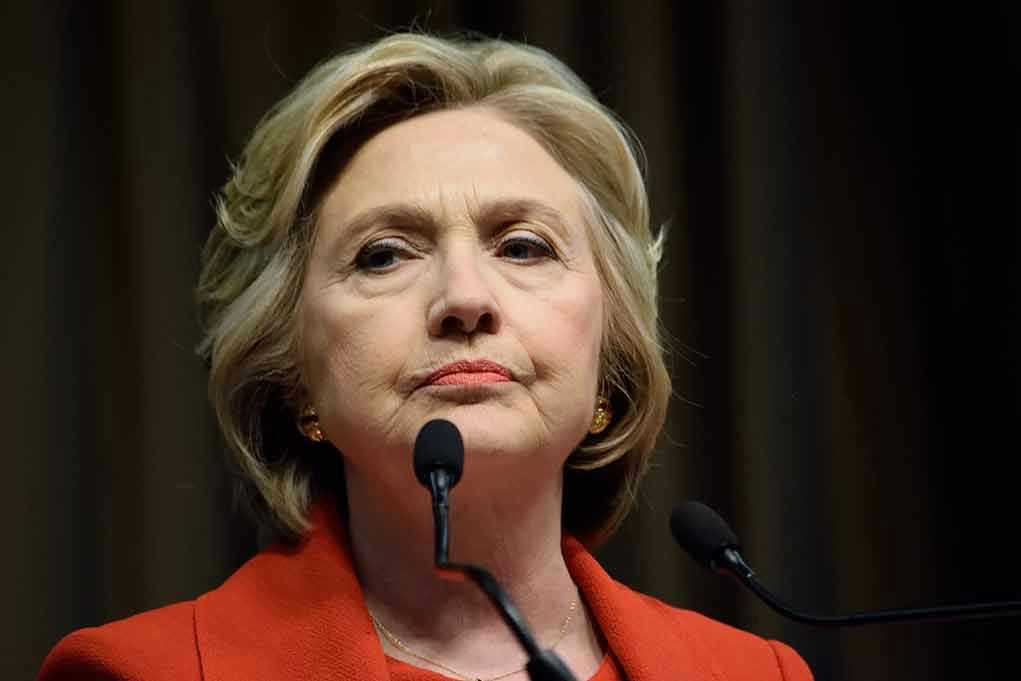
Trump’s new Middle East peace plan has unexpectedly garnered praise from both sides of the aisle, including former rivals like Hillary Clinton, marking a rare instance of bipartisan support.
Story Overview
- Trump’s 20-point peace plan received praise from Hillary Clinton and other Democrats.
- The plan aims to resolve the Gaza conflict via a ceasefire and humanitarian initiatives.
- Key elements include hostages release, prisoner exchanges, and Gaza demilitarization.
- Bipartisan support highlights potential for lasting peace and regional stability.
Trump’s Middle East Peace Plan Details
On September 29, 2025, Donald Trump unveiled a comprehensive Middle East peace plan, known as Trump’s 20-point plan, at the White House alongside Israeli Prime Minister Benjamin Netanyahu. The initiative aims to end the Gaza war through a ceasefire, the release of hostages, prisoner exchanges, and a pathway toward Palestinian self-determination. The plan has attracted rare bipartisan support, with Democrats like Hillary Clinton acknowledging its pragmatic and humanitarian potential.
The plan’s phased approach involves Israel and Hamas agreeing to the initial terms, including hostages’ release and the establishment of a technocratic administration in Gaza. However, Hamas still resists full demilitarization, a point of contention that could affect the plan’s long-term success. Despite this, the October 10 ceasefire marked a significant step toward de-escalating the conflict, with broader international support ensuring its implementation.
Stakeholder Roles and Motivations
Trump, seeking a legacy-defining achievement, has positioned the U.S. as a central mediator. Netanyahu supports the plan, prioritizing Israeli security and international legitimacy. Conversely, Hamas negotiates from a position of weakness, aiming to maintain influence and secure prisoner releases. The involvement of Arab and Muslim nations reflects their interest in regional stability and reducing refugee flows, acting as intermediaries in this complex negotiation.
Hillary Clinton’s unexpected endorsement highlights the plan’s humanitarian aspects, emphasizing the potential for pragmatic conflict resolution. Democratic leaders have echoed this sentiment, marking a pivotal moment of bipartisan agreement on foreign policy, which could influence future U.S. diplomatic efforts in the region.
Impact and Future Implications
The immediate effects of the plan include a cessation of hostilities and the commencement of humanitarian aid and reconstruction efforts in Gaza. The release of hostages and prisoners provides relief to affected families on both sides. Long-term, the plan offers a conditional pathway to Palestinian self-determination, potentially setting a precedent for future U.S.-led peace initiatives with bipartisan backing.
Trump’s Middle East Peace Agreement Garners Rare Praise From Hillary Clinton, Democrats https://t.co/AxJCJ93Q2V via @dailycaller
— Karoline Leavitt parody (@PresSec01) October 12, 2025
However, the refusal of Hamas to fully demilitarize poses ongoing challenges to sustained peace. The plan’s success hinges on continued negotiations and the international community’s ability to enforce the agreement’s terms. The potential normalization of relations between Israel and more Arab states could transform regional dynamics, aligning with U.S. interests in promoting stability and reducing conflict-driven migration.
Sources:
Gaza war peace plan on Wikipedia
Trump White House Archives – Peace to Prosperity
The Abraham Accords – U.S. State Department











